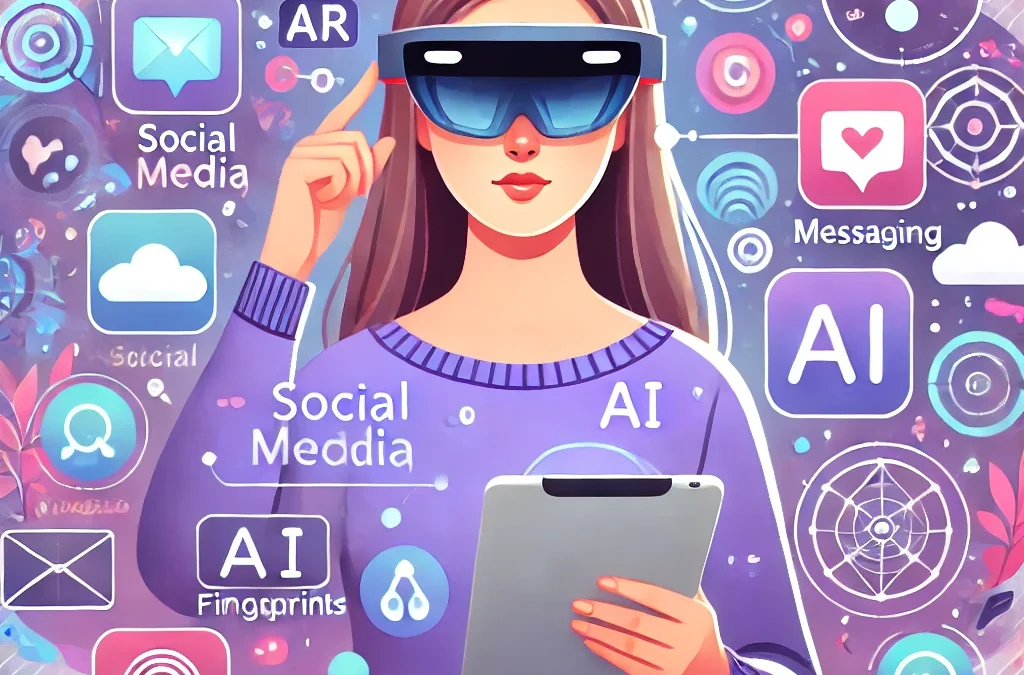Personalized Learning at Scale
“Wearable technology has made a significant impact on various industries, and education is no exception.” (“Wearable Technology in Education: 12 Applications and Benefits”) From augmented reality headsets to smart audio devices, Microsoft’s wearable technology is transforming the way educators teach and students learn. One of the biggest advantages of wearable technology is its ability to personalize learning. Devices can collect data on student behavior, preferences, and progress, allowing educators to tailor instruction based on individual needs. For example, Microsoft Viva Insights provides analytics on focus and engagement levels, helping teachers adjust lesson plans to optimize learning experiences.
Real-Time Feedback for Real-Time Growth
Another essential feature is real-time feedback, which allows educators to personalize assignments and adapt lessons on the spot. Using Microsoft Teams on wearable devices, teachers can monitor student performance, provide instant guidance, and support collaboration in hybrid learning environments.
Bringing the World to Students
Augmented reality offers immersive learning experiences, making lessons more engaging, especially in science and history. Microsoft HoloLens enables students to interact with 3D models of historical landmarks, anatomical structures, and scientific simulations, bringing subjects to life in a way that traditional methods cannot.
Accessibility and Inclusivity for All
Wearable technology also improves accessibility and inclusivity in education, ensuring all students can engage with learning materials. Microsoft Seeing AI assists visually impaired students by converting text into speech, while Microsoft Translator provides real-time language translation, helping multilingual learners grasp lessons effectively. Additionally, Microsoft Surface Headphones offer noise-canceling features and voice-to-text capabilities, assisting students with auditory processing challenges in staying focused.
Reshaping Learning
From personalized learning to real-time feedback, immersive engagement, and improved accessibility, Microsoft’s wearable technology is reshaping the educational landscape in many ways. By integrating these tools into classrooms, educators can create more dynamic, inclusive, and adaptive learning environments, ensuring all students benefit from advanced technological innovations.
Microsoft. (n.d.). Microsoft Viva Insights. Retrieved from https://www.microsoft.com/en-us/microsoft-viva/insights
Microsoft Teams. Retrieved from https://www.microsoft.com/en-us/microsoft-teams/group-chat-software
Microsoft HoloLens. Retrieved from https://www.microsoft.com/en-us/hololens
Microsoft Seeing AI. Retrieved from https://www.microsoft.com/en-us/ai/seeing-ai
Microsoft Translator. Retrieved from https://www.microsoft.com/en-us/translator
Microsoft Surface Headphones. Retrieved from https://www.microsoft.com/en-us/d/surface-headphones-2/

Ptosha Maclin
Instructional Developer and Consultant
Clarksville, TN

